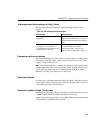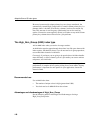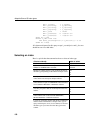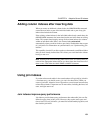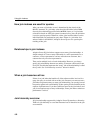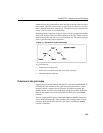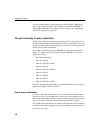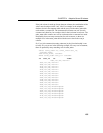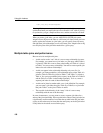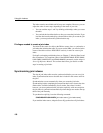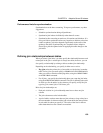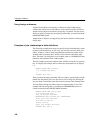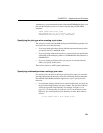
CHAPTER 4 Adaptive Server IQ Indexes
155
If the join column is made up of more than one column, the combination of the
values must be unique on the “one” side. For example, in the
asiqdemo
database, the id in the customer table and the cust_id in the sales_order table
each contain a customer ID. The
customer table contains one row for each
customer and, therefore, has a unique value in the
id column in each row. The
sales_order table contains one row for each transaction a customer has made.
Presumably, there are many transactions for each customer, so there are
multiple rows in the
sales_order table with the same value in the cust_id
column.
So, if you join
customer.id to sales_order.cust_id, the join relationship is one-
to-many. As you can see in the following example, for every row in
customer,
there are potentially many matching rows in
sales_order.
select sales_order.id, sales_order.cust_id,
customer.lname
from sales_order, customer
where sales_order.cust_id = customer
id cust_id id lname
2583,101,101,’Devlin’
2001,101,101,’Devlin’
2005,101,101,’Devlin’
2125,101,101,’Devlin’
2206,101,101,’Devlin’
2279,101,101,’Devlin’
2295,101,101,’Devlin’
2002,102,102,’Reiser’
2142,102,102,’Reiser’
2318,102,102,’Reiser’
2338,102,102,’Reiser’
2449,102,102,’Reiser’
2562,102,102,’Reiser’
2585,102,102,’Reiser’
2340,103,103,’Niedringhaus’
2451,103,103,’Niedringhaus’
2564,103,103,’Niedringhaus’
2587,103,103,’Niedringhaus’
2003,103,103,’Niedringhaus’
2178,103,103,’Niedringhaus’
2207,103,103,’Niedringhaus’



